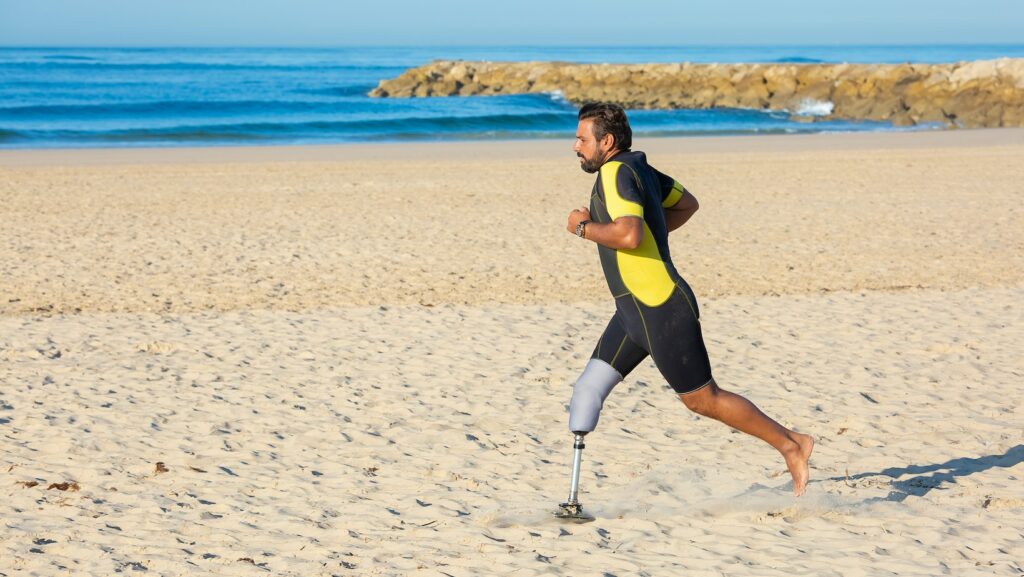Are you looking for job opportunities that are inclusive and accommodating for individuals with physical disabilities? Look no further! In this article, we will explore the various job options available for people with physical disabilities. From remote work to flexible schedules, there are plenty of opportunities that cater to different abilities and provide a supportive work environment. Whether you have a mobility impairment, visual impairment, or any other physical disability, there are jobs out there that can help you thrive professionally.
Table of Contents
ToggleJobs For People With Physical Disabilities
Physical disabilities refer to impairments or limitations that affect a person’s physical functioning and mobility. These disabilities can result from a variety of factors, including congenital conditions, injuries, or medical conditions. It’s important to note that physical disabilities can vary widely in their severity and impact on an individual’s daily life.
Types of Physical Disabilities
There are several types of physical disabilities that individuals may experience. Some common examples include:
- Mobility impairments: These disabilities affect a person’s ability to move and may include conditions such as paralysis, limb loss, or muscular dystrophy.
- Orthopedic disabilities: These disabilities involve problems with the bones, joints, muscles, or tendons, such as arthritis or spinal cord injuries.
- Neurological disabilities: These disabilities affect the nervous system and can result in movement disorders, such as cerebral palsy or multiple sclerosis.
- Visual impairments: These disabilities impact a person’s vision and can range from partial sight loss to complete blindness.
- Hearing impairments: These disabilities affect a person’s ability to hear and may include partial hearing loss or deafness.

Challenges Faced by People with Physical Disabilities in the Job Market
This article has explored various job opportunities available for individuals with physical disabilities, emphasizing the significance of inclusive workplaces. It has highlighted the benefits of such workplaces for both employers and employees, sharing inspiring success stories of individuals who have found fulfilling careers despite their physical disabilities. The article has also shed light on the legal protections and accommodations in place to ensure equal employment opportunities for people with physical disabilities.
In addition, the article has delved into industries and professions that are particularly welcoming to individuals with physical disabilities, such as technology, healthcare, and customer service. By providing insights into different types of physical disabilities and the importance of recognizing and accommodating their unique needs in the workplace, this article aims to equip individuals with the knowledge and resources necessary to find meaningful and rewarding employment that aligns with their abilities and interests.
Understanding the different types of physical disabilities is crucial for creating inclusive job opportunities and providing appropriate accommodations for individuals in the workplace. By recognizing and accommodating the unique needs of individuals with physical disabilities, employers can tap into a diverse talent pool and create an environment where everyone can thrive.











